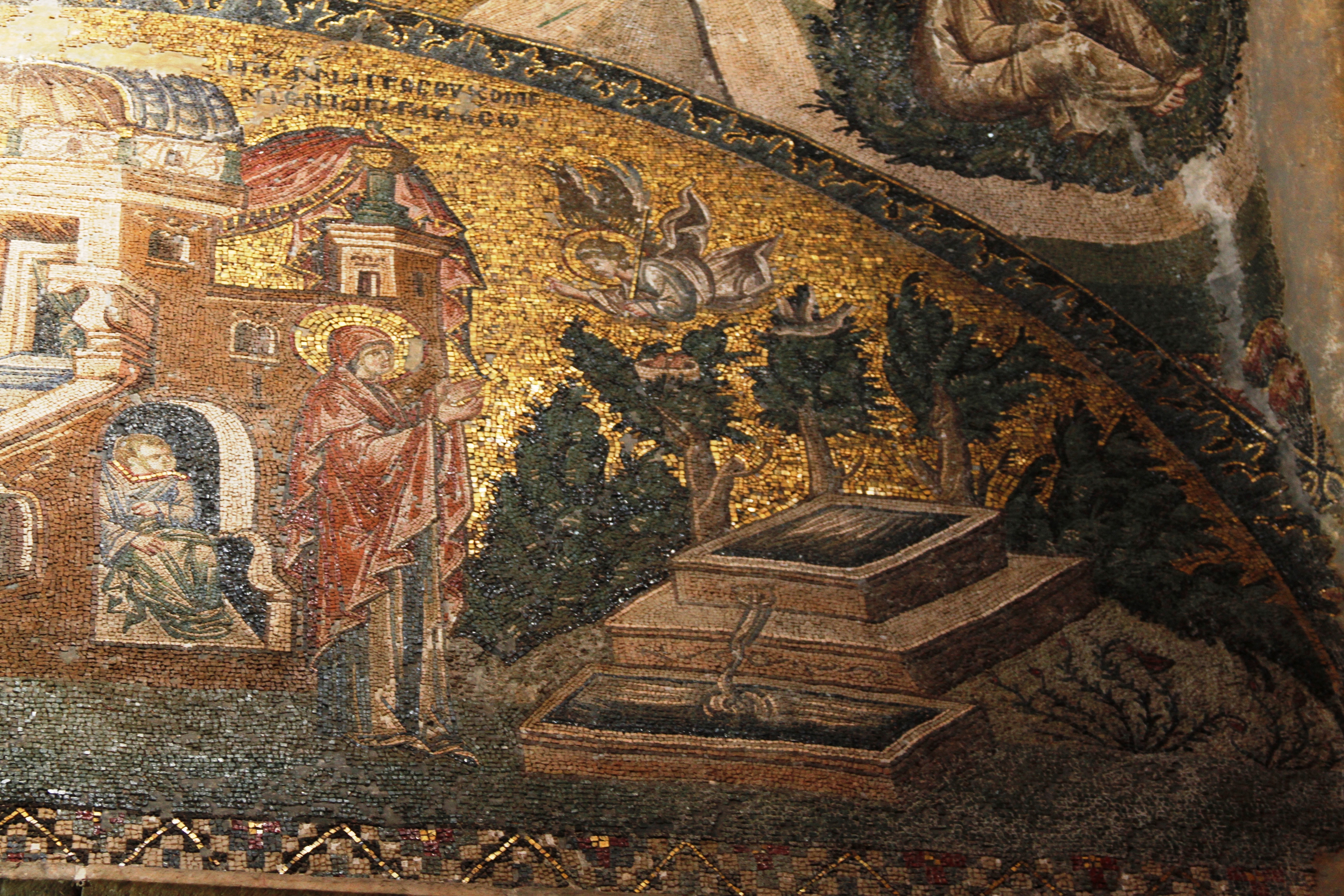Britten Theatre, Royal
College of Music
Serse – Jake Arditti
Arsamene – Tai OneyAmastre – Lucinda Stuart-Grant
Ariodate – Jon Stainsby
Romilda – Alice Privett
Atalanta – Abbi Temple
Elviro – Matthew Durkan
Chorus – Chiara Vinci, Laurence Painter
Jenny Miller (director)
Faye Bradley (designs)Dan Saggars, Andy Bird (lighting)
Rebecca Hanbury (assistant director)
Michael Spenceley (choreography)
What an excellent idea for
the Longborough Festival to bring its Young Artist Production to London for a
performance at the Royal College of Music! Yes, I know, a Londoner would say
that, but like it or not, and I am sure we can all agree that centralisation in
a not-remotely-central city is a curse upon all manner of activity in this
country, London is the centre of English operatic life and metropolitan
exposure can only help all concerned. (No one believes more strongly than I
that the Royal Opera and ENO should tour, and to hell with the Arts Council’s
absurd geographical demarcations! After its behaviour with respect to ENO alone,
disbandment would, frankly, be too kind a fate for that organisation, presently
headed by a friend of Jeremy ‘Hunt’, Peter Bazalgette, of Big Brother fame.)
London performances are perhaps especially important in the case of young
singers, all of whom performed creditably, and in most cases, considerably more
than that. A taste of Longborough, especially for those of us without cars, is
of course more than welcome at this end too. Perhaps we might even hope for
more in the future? Would it not be wonderful, if the Proms were to invite the
Festival next year, perhaps for Tannhäuser
or Jenůfa?
A Handel opera, in any case,
made for an eminently sensible choice in the present situation. Focused on singers,
with a small (too small?) orchestra, Serse
fared well in musical terms, save for the somewhat scrawny playing of the
strings. I think they were modern instruments, but it was not easy to tell,
testament to the near-total victory of ‘period’ imperialism. Apart from that,
Jeremy Silver directed (from the harpsichord) a mostly sensitive performance,
tempi appropriate, with little of the absurd rushing (with occasional, equally
absurd grinding to a halt) that characterises the Handelian exhibitionism of
our allegedly ‘authenticke’ times. For a full, noble orchestral sound, we must
return to first-choice Rafael Kubelík in Munich (in German, with a tenor
Xerxes, no less than Fritz Wunderlich!) or, in an Italian-language performance,
Brian Priestman (with Maureen Forrester) in Vienna.
But as I said, the singing
was really the thing. Jake Arditti offered a bravura yet eminently sensitive
assumption of the title role: as well acted, with proud petulance and wounded
humanity, as it was heroically sung. For those sceptics who (still) doubt the
ability of the counter-tenor voice to portray the requisite range of emotions,
the performances of Arditti and Tai Oney as Arsamene would surely have proved a
useful corrective. Oney’s beautifully-sung performance pulled off without any
difficulty the task of sufficient difference in timbre and character, without a
hint of the hootiness which, in days gone by, infected far too many such performances.
Alice Privett threw herself into the role of Romilda, passing with flying
colours: a properly high dramatic performance. If they were my pick of the
cast, that is probably as much a reflection of the opportunities their roles
offer as anything else. I should certainly not be able to offer you a weak
link, nor should I wish to. Longborough’s programme clearly engenders a real
sense of company, something that cannot be feigned.
My principal reservation
concerned Jenny Miller’s production. It was very pink, which may or may not be
one’s taste. I learned afterwards, upon reading the programme, that it had been
set in a ‘contemporary setting, more immediately familiar and neutral – a nightclub
or hotel bar’. I could then see that it had been, but if I am honest, whether
through stupidity or inattention on my part, or a lack of clarity on the
director’s, I had not realised at the time. Initially, my thought was that we
were amongst Mafiosi, but then it all turned surprisingly camp – and not a
little silly. Anyway, we were supposed to have asked whether it was ‘Xerxes’s
bar … [whether] he owns a string of them, planning global expansion,’ and so
on. By ‘shedding many of the specifically period references, we can concentrate
on the comedy of the lessons in love being handed out’. Perhaps; I certainly hold
no brief for confining a work to its period, although some of the satire here
might have worked better, had we experienced more of a dialogue between ‘period’
and ‘contemporary’. (Or perhaps I am too content with Nicholas
Hytner’s seemingly evergreen ENO production, which can be caught on DVD
with Charles Mackerras and Ann Murray.) I think Miller is probably right to
say, with respect to the work itself, that ‘satire about the exercise of
unlimited power … is not the main theme of the power’. However, I cannot help
but wonder whether a more absorbing theatrical experience might be the outcome
of a production that treated it as if it were. The cast did its best to make us
care about the characters, but there is a limit to what can be done in that
respect within the confines of a Handel
opera seria. Besides, if the ‘period references’ can be rejected, cannot a
too rigid conception of ‘intention’? Much of the audience seemed, however, greatly to
enjoy the sometimes outlandish costumes and antics of the entertainment, and what
I say immediately above should be considered as musing rather than
prescription. I look forward to Longborough’s next visit to the capital.






